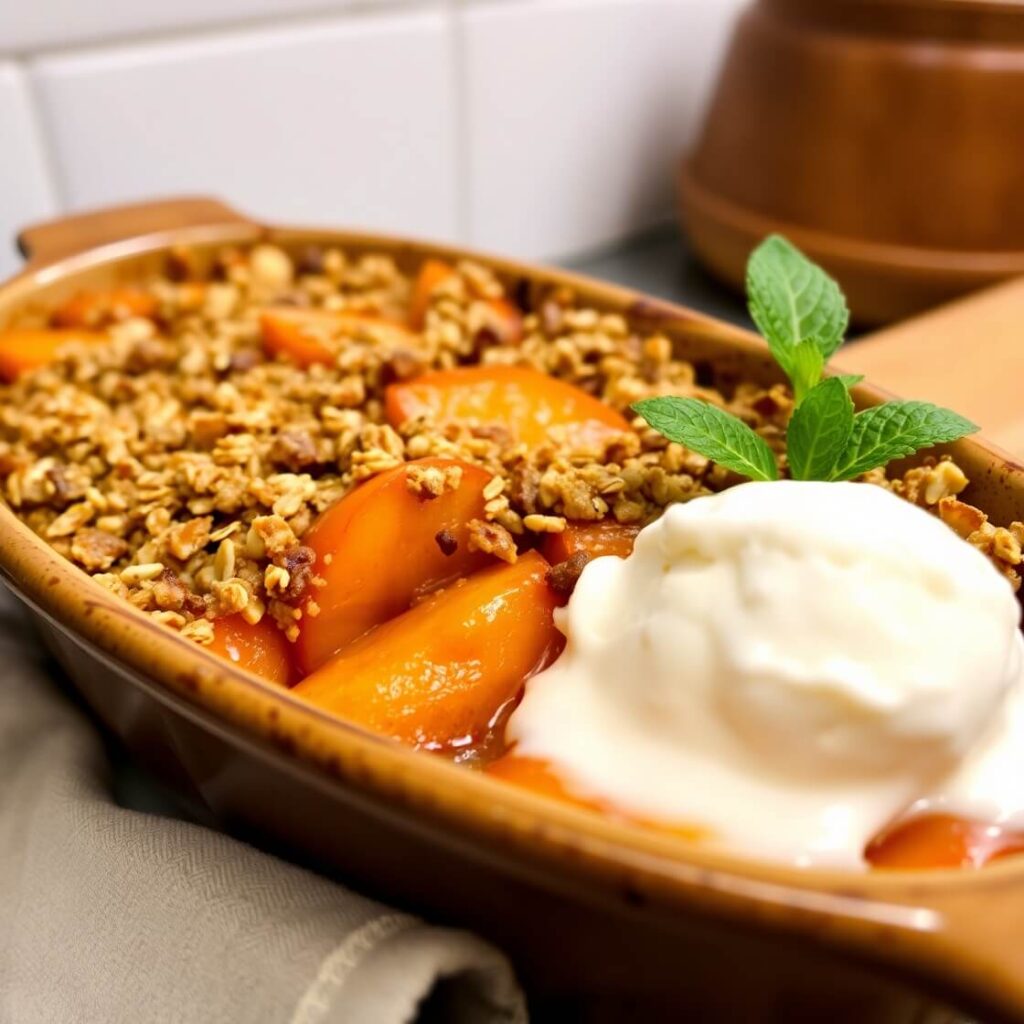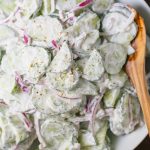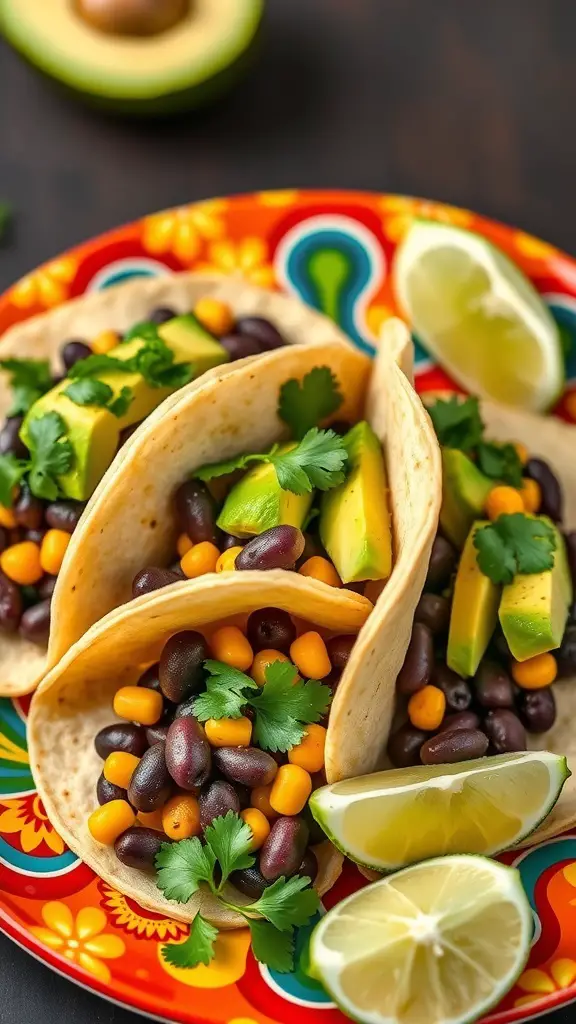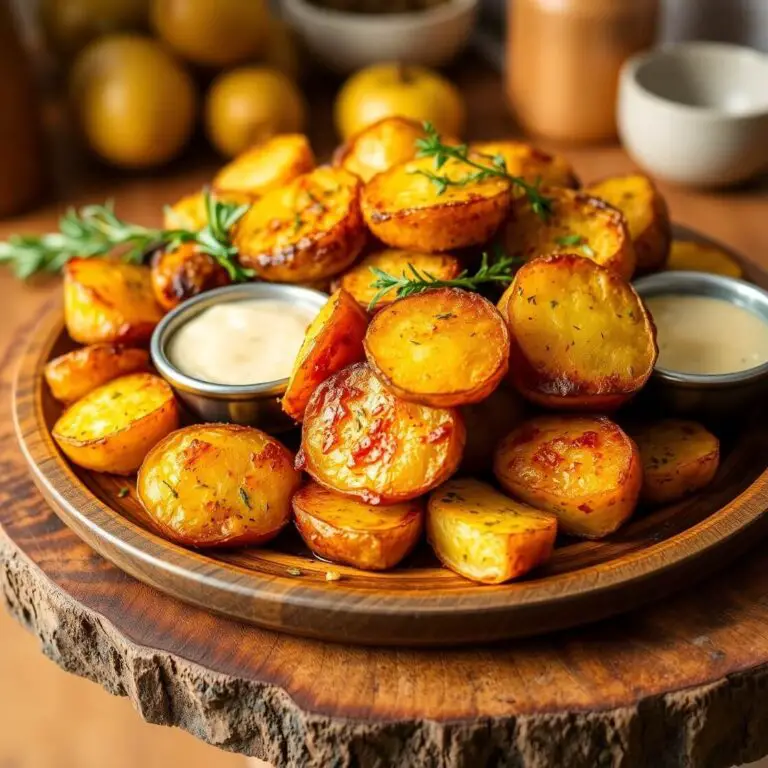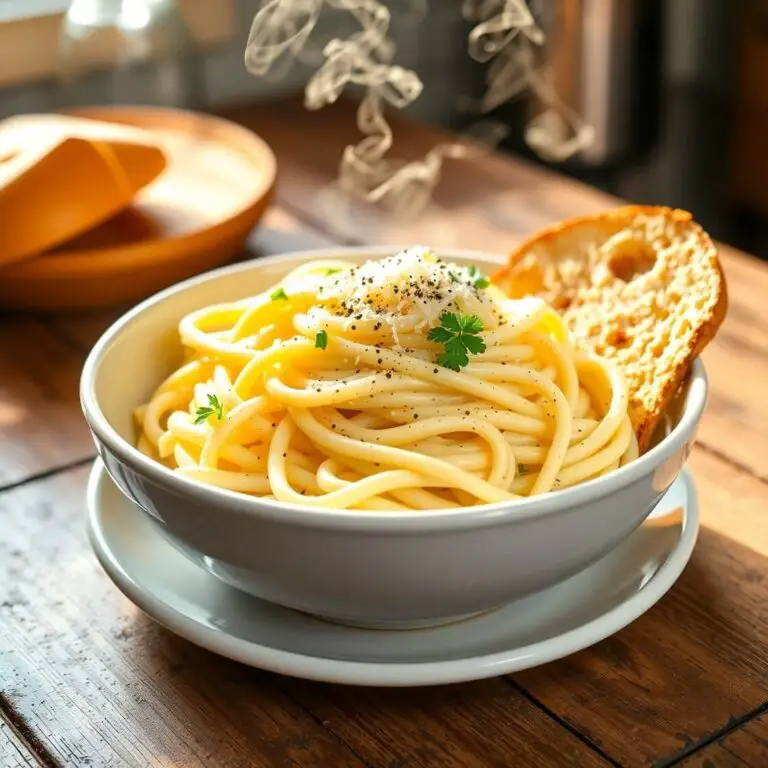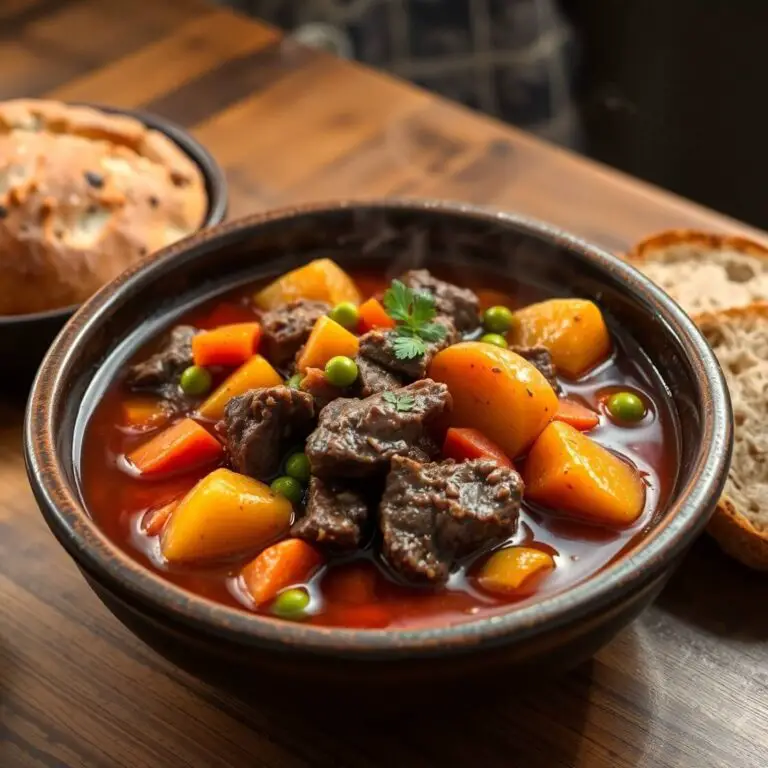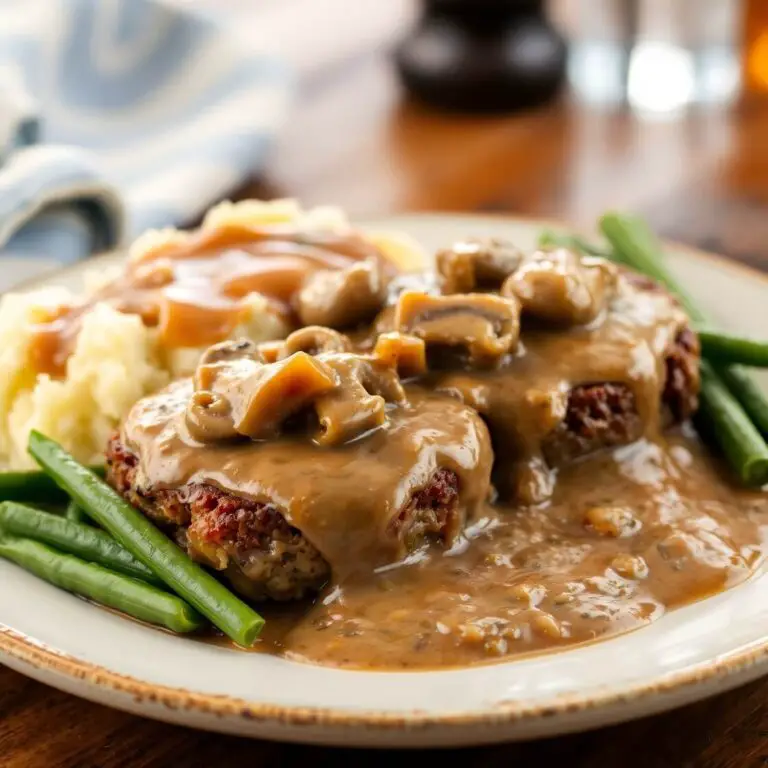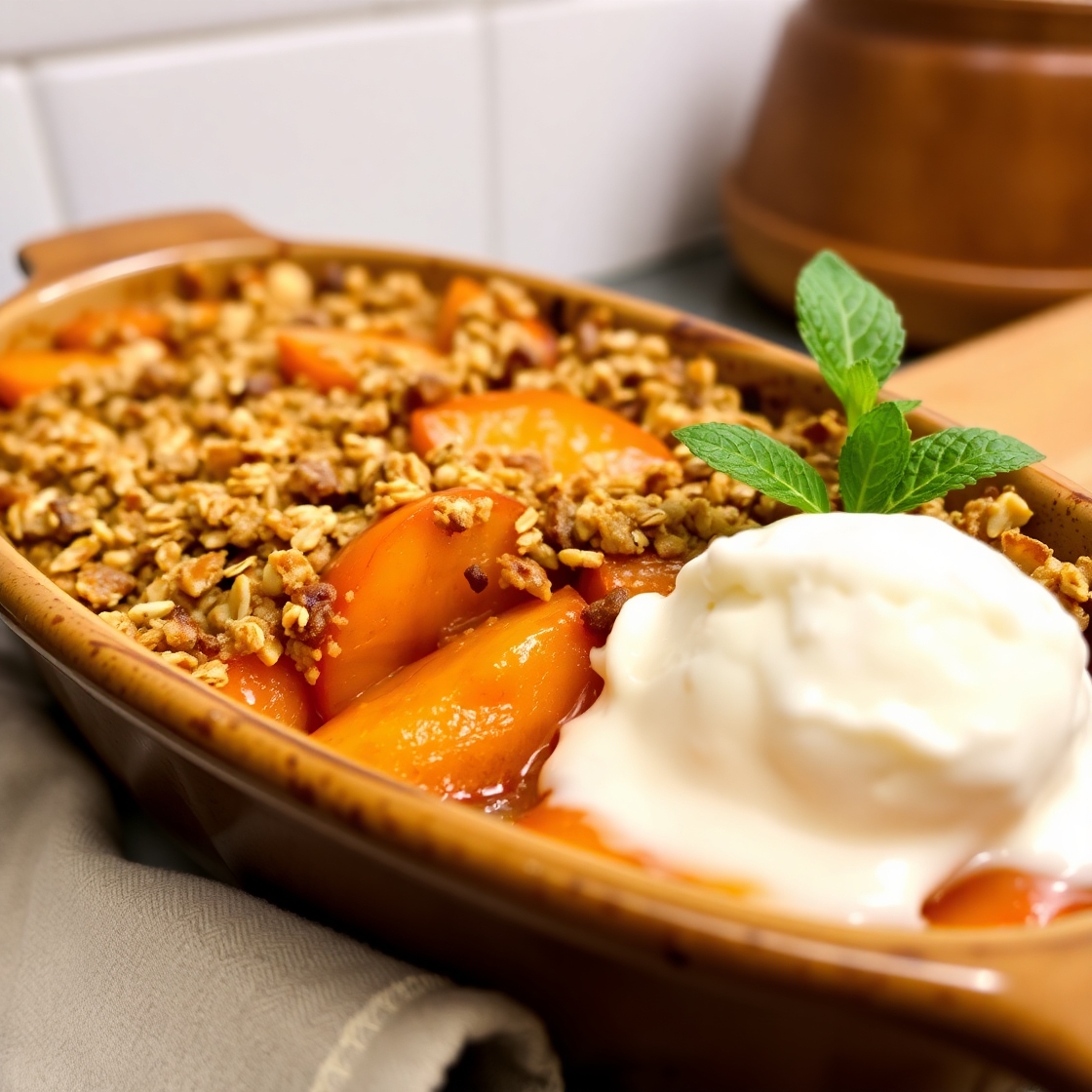
Nectarines, with their luscious, juicy flesh and sweet-tart flavor, are a true summer delight. I created this nectarine recipe guide because I wanted to celebrate the fruit’s natural sweetness and versatility in the kitchen. Whether you’re looking for a refreshing snack, a vibrant dessert, or a unique twist on savory dishes, nectarines are incredibly adaptable and bring a burst of sunshine to any meal.
This recipe collection aims to inspire you to enjoy nectarines beyond just eating them fresh. Imagine biting into a warm nectarine crisp, or savoring a salad enhanced with nectarine slices, or even grilling nectarines to pair with your favorite proteins. If you’re curious about creative, easy, and delicious ways to use nectarines, keep reading—this guide will unlock the secrets to making the most out of this delightful fruit.
Why I Love This Recipe
The charm of nectarine recipes lies in their simplicity and the natural sweetness of the fruit, which needs very little enhancement to shine. What makes nectarine recipes special is how they effortlessly blend sweet and savory elements, opening doors to a variety of flavor profiles—from light, fresh salads to indulgent baked treats.
One reason someone might make these recipes is to take advantage of nectarines at their peak season, when their flavor is vibrant and their texture perfectly tender. Nectarines can elevate a dish with their juicy burst, offering a refreshing contrast to creamy cheeses, spicy herbs, or smoky grilled meats.
What truly makes nectarine recipes stand out is their versatility. You can grill them, bake them, toss them raw into salads, or even transform them into sauces and jams. These recipes celebrate the fruit’s ability to adapt, providing healthy, satisfying, and sometimes surprisingly gourmet options that anyone can master.
Ingredients for Nectarine Recipes
To create the perfect nectarine dishes, you’ll want to start with fresh, ripe nectarines. Look for fruit that yields slightly to gentle pressure and has a fragrant, sweet aroma. Depending on the recipe, additional ingredients may vary, but here are some staples you’ll often find in nectarine recipes:
- Fresh nectarines, peeled or unpeeled depending on preference
- Natural sweeteners like honey, maple syrup, or brown sugar to enhance the fruit’s sweetness without overpowering it
- Fresh herbs such as basil, mint, or thyme to add aromatic depth
- Citrus elements like lemon or lime juice to brighten the flavors
- Spices such as cinnamon or ginger, especially in baked recipes
- Healthy fats like olive oil or butter for cooking or dressings
- Complementary fruits like berries or stone fruits for layering flavors
- Cheese options such as feta, goat cheese, or ricotta for creamy texture contrasts
- Nuts or seeds for crunch and added nutrition
The key is to balance the nectarines’ juicy sweetness with ingredients that complement or contrast their flavor, making each recipe both delicious and well-rounded.
How Much Time Will You Need
Nectarine recipes can vary greatly in preparation time depending on their complexity. For quick salads or simple grilled nectarine dishes, you’ll spend about 10 to 20 minutes. More involved recipes, like baked nectarine crisps or nectarine sauces, typically take 40 minutes to an hour, including baking or simmering time.
Most nectarine recipes are designed to be approachable for busy home cooks, so you won’t need to dedicate hours. Whether you’re making a quick snack or a show-stopping dessert, you can expect to have a tasty nectarine dish ready in under an hour.
How to Make Nectarine Recipes
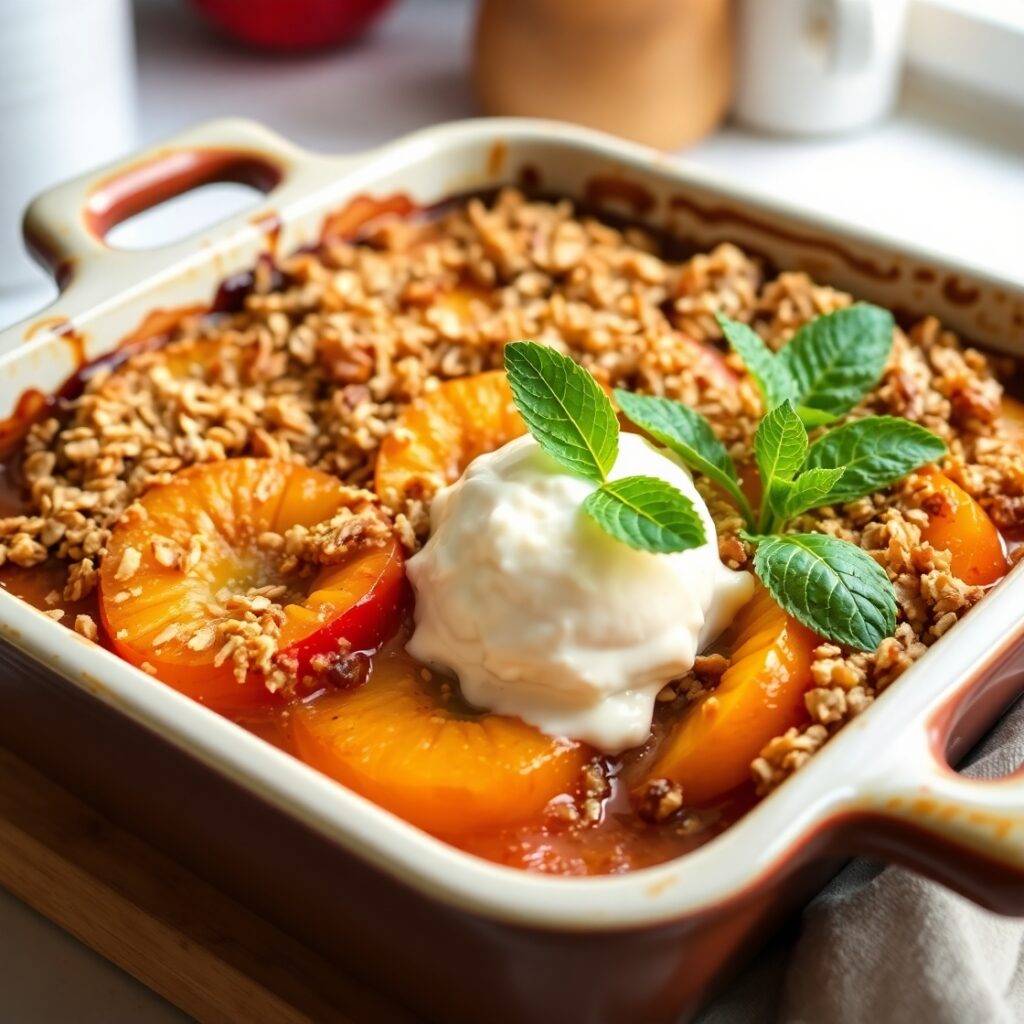
Step-by-step cooking can differ based on the type of dish you want to create, but here’s a general guide for a popular nectarine dessert—Nectarine Crisp—to help you understand the process.
Step 1: Preheat your oven to 350°F (175°C). Wash and slice fresh nectarines into even wedges.
Step 2: In a mixing bowl, combine the nectarine slices with a tablespoon of lemon juice, a sprinkle of cinnamon, and a tablespoon of brown sugar. Toss gently to coat the fruit evenly.
Step 3: Prepare the crisp topping by mixing rolled oats, flour, brown sugar, a pinch of salt, and cold butter cut into small pieces. Use your fingers or a pastry cutter to blend until the mixture resembles coarse crumbs.
Step 4: Transfer the nectarine mixture into a baking dish, then evenly sprinkle the crisp topping over the fruit.
Step 5: Bake for 35-40 minutes, or until the topping is golden brown and the nectarines are bubbling.
Step 6: Allow the crisp to cool slightly before serving. It pairs wonderfully with vanilla ice cream or a dollop of whipped cream.
This detailed process gives you a clear idea of how simple it is to create a luscious nectarine dessert that’s sure to impress.
Substitutions
If you don’t have nectarines on hand, peaches make an excellent substitute as they share a similar texture and flavor profile. For sugar alternatives, you can swap brown sugar with coconut sugar or use a natural sweetener like agave syrup.
If you prefer a gluten-free version of the crisp topping, substitute regular flour with almond flour or a gluten-free flour blend. For dairy-free or vegan options, use coconut oil or vegan butter instead of regular butter.
Herbs and spices can be swapped based on preference—try fresh rosemary instead of thyme for a different aromatic twist, or add a pinch of nutmeg to enhance warmth.
These substitutions make the recipe adaptable for dietary needs and personal tastes, ensuring anyone can enjoy the delicious flavors of nectarines.
Best Side Dishes for Nectarine Recipes
To complement nectarine-based dishes and enhance your dining experience, consider pairing them with:
- Grilled chicken breast seasoned with herbs, which complements the sweetness of nectarines perfectly.
- A fresh arugula salad with toasted almonds and a light vinaigrette, balancing the fruit’s richness.
- Creamy goat cheese crostini for a savory contrast to sweet nectarine flavors.
These side dishes create a harmonious balance and elevate the meal, making nectarine recipes feel like a complete, satisfying experience.
Serving and Presentation Tips
Serving nectarine recipes in an appealing way can truly elevate the dining experience and make your dishes irresistible at first glance. Start by arranging nectarine slices or cooked nectarine pieces neatly on the plate, creating visual interest with their vibrant orange-red hues.
For desserts like nectarine crisps or tarts, serve them warm with a scoop of vanilla ice cream or a dollop of whipped cream on the side. A sprinkle of toasted nuts or fresh mint leaves on top adds texture and a pop of color.
In salads, layering nectarine slices alongside colorful greens, nuts, and cheeses enhances the presentation. Use shallow bowls or wide plates to showcase the components beautifully, and drizzle dressings just before serving to keep everything fresh and appetizing.
Using simple yet elegant serving dishes and garnishing thoughtfully will highlight the natural beauty of nectarines and make your recipes look as good as they taste.
Tips and Tricks to Make This Recipe Better
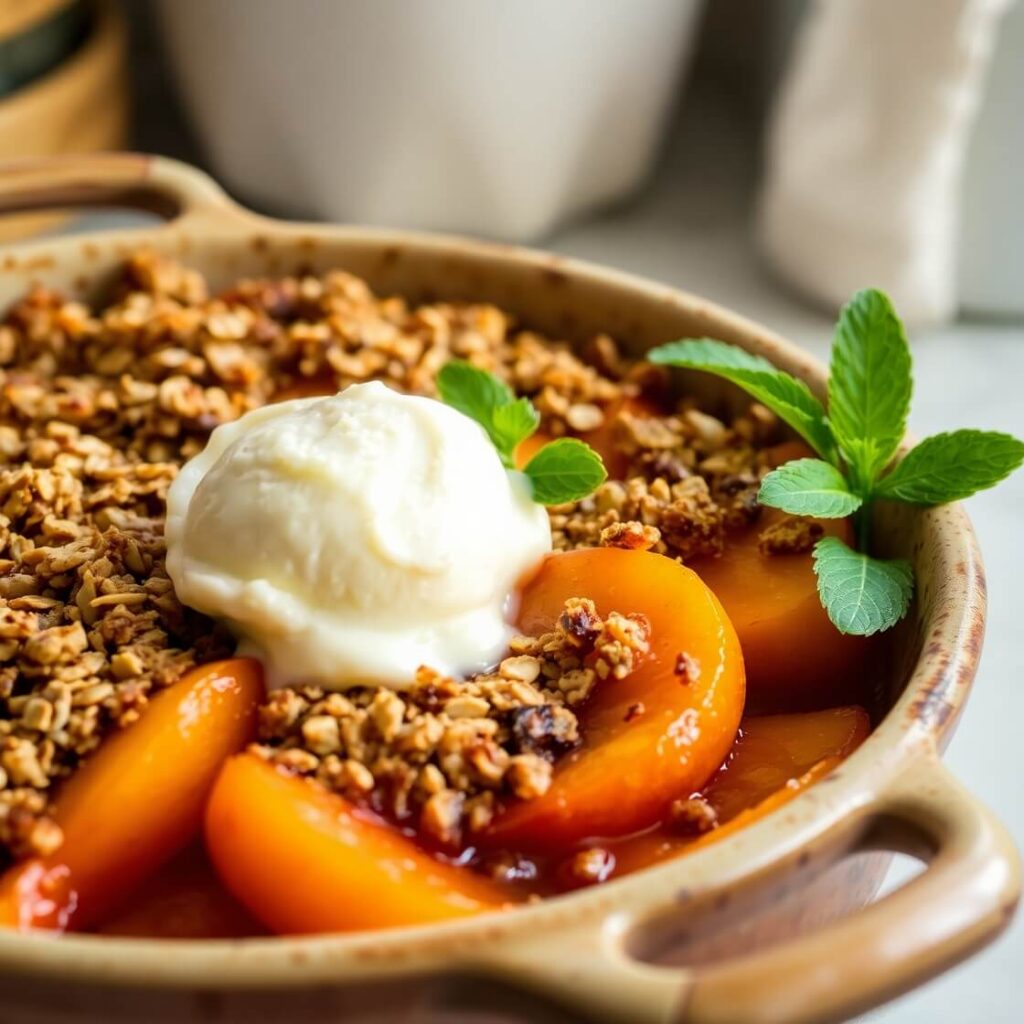
To get the most out of your nectarine recipes, here are some expert tips:
- Choose ripe but firm nectarines: Overripe nectarines can become mushy when cooked, while underripe fruit lacks sweetness. Aim for fruit that yields slightly to gentle pressure.
- Enhance natural sweetness with citrus: A squeeze of lemon or lime juice brightens the flavor and prevents browning, especially in fresh salads or fruit platters.
- Use fresh herbs for complexity: Basil, mint, or thyme pair beautifully with nectarines and add layers of aroma and freshness.
- Toast your nuts and oats: For baked dishes, lightly toasting nuts or oats before adding them to the topping increases their crunch and brings out their nutty flavor.
- Balance textures: Combining creamy cheeses with juicy nectarines and crunchy nuts creates a well-rounded eating experience.
- Don’t overcook: If baking, keep an eye on the fruit so it remains tender but not overly soft or mushy.
These tricks help accentuate the natural qualities of nectarines and elevate your dishes to the next level.
Common Mistakes to Avoid
Even with simple ingredients, a few common pitfalls can detract from your nectarine recipes:
- Using underripe or overripe nectarines: This affects texture and sweetness, resulting in either bland or mushy dishes.
- Skipping citrus juice: Nectarines brown quickly once cut, and adding lemon juice prevents discoloration and maintains a fresh appearance.
- Over-sweetening: Nectarines are naturally sweet; adding too much sugar can overpower their delicate flavor.
- Neglecting texture balance: Avoid dishes that are overly soft or uniform in texture by incorporating crunchy elements like nuts or crisp greens.
- Ignoring proper cooking times: Overbaking or overcooking nectarines can cause them to lose structure and become watery.
Being mindful of these helps ensure your nectarine recipes turn out flavorful and visually appealing every time.
How to Store It
To keep nectarine dishes fresh and delicious:
- Store fresh cut nectarines in an airtight container in the refrigerator for up to 2 days.
- If you’ve made a baked nectarine dish like a crisp or tart, cover it tightly with plastic wrap or foil and refrigerate. It will keep well for 3 to 4 days.
- For longer storage, cooked nectarine compotes or sauces can be frozen in freezer-safe containers for up to 3 months. Thaw overnight in the refrigerator before using.
- Avoid storing nectarines or nectarine dishes at room temperature for extended periods to prevent spoilage.
Proper storage maintains flavor, texture, and food safety, ensuring you can enjoy nectarine recipes even as leftovers.
FAQ
Can I use frozen nectarines for these recipes?
Yes, frozen nectarines work well, especially in baked dishes and sauces. Thaw them before use and drain excess liquid to prevent sogginess.
Are nectarines suitable for people with allergies?
Nectarines belong to the stone fruit family and may cause reactions in people allergic to peaches or plums. Consult a healthcare professional if unsure.
Can I substitute nectarines with peaches?
Absolutely! Peaches are a great alternative and can be used interchangeably in most nectarine recipes.
How do I know when nectarines are ripe?
Ripe nectarines give slightly to gentle pressure and have a fragrant aroma. Avoid fruit with green undertones or very hard texture.
Are nectarine recipes suitable for a diabetic diet?
Nectarines have natural sugars but are low in calories and have a moderate glycemic index. When prepared without added sugars, they can fit into a diabetic-friendly diet.

Nectarine Recipes
- Total Time: 55 minutes
- Yield: 6 1x
- Diet: Vegetarian
Description
A delightful dessert that celebrates the juicy sweetness of nectarines with a crunchy oat topping. This warm and comforting crisp is perfect for summer evenings or anytime you crave a naturally sweet treat. Easy to prepare and bake, it combines fresh fruit with cinnamon and brown sugar, topped with a buttery oat mixture. Serve it with vanilla ice cream or whipped cream for a luscious finish.
Ingredients
- 6 ripe nectarines, sliced
- 1 tablespoon lemon juice
- 1 teaspoon ground cinnamon
- 2 tablespoons brown sugar
- 1 cup rolled oats
- 1/2 cup all-purpose flour
- 1/2 cup brown sugar
- 1/4 teaspoon salt
- 1/2 cup cold unsalted butter, diced
Instructions
- Preheat oven to 350°F (175°C).
- Toss nectarine slices with lemon juice, cinnamon, and 2 tablespoons brown sugar in a bowl.
- In another bowl, mix oats, flour, 1/2 cup brown sugar, and salt.
- Cut butter into the oat mixture until crumbly.
- Place nectarines in a baking dish and sprinkle topping evenly.
- Bake for 35-40 minutes until topping is golden and fruit is bubbly.
- Cool slightly before serving.
Notes
- For a gluten-free version, use gluten-free flour blend.
- Add chopped toasted almonds to the topping for extra crunch.
- Serve warm with vanilla ice cream or whipped cream.
- Prep Time: 15 minutes
- Cook Time: 40 minutes
- Category: Dessert
- Method: Baking
- Cuisine: American
Nutrition
- Serving Size: 6
- Calories: 320
- Sugar: 25g
- Sodium: 80mg
- Fat: 14g
- Saturated Fat: 8g
- Unsaturated Fat: 6g
- Trans Fat: 0g
- Carbohydrates: 45g
- Fiber: 4g
- Protein: 3g
- Cholesterol: 30mg

